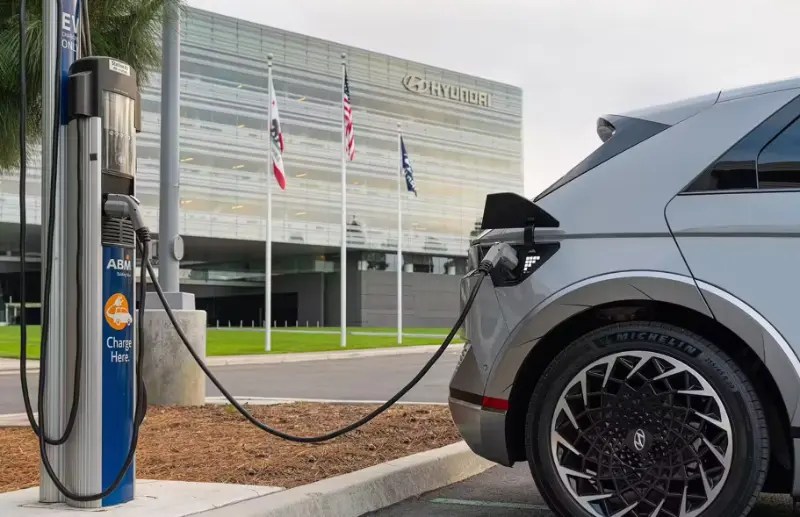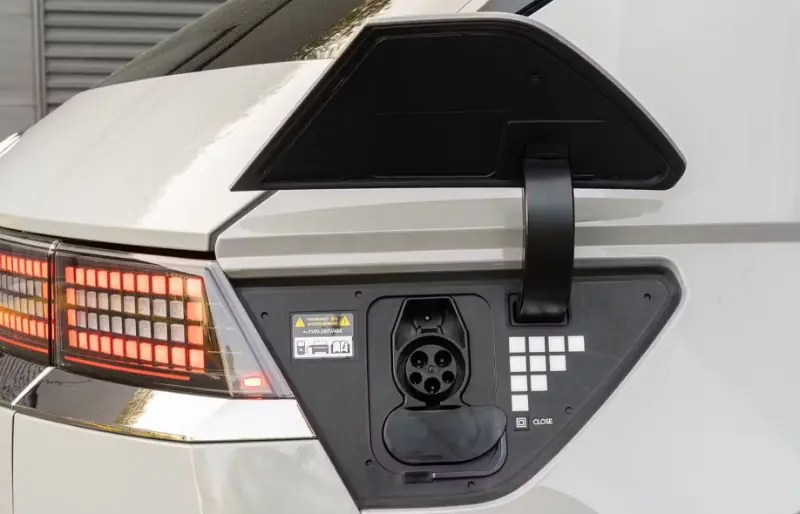EV Charging Levels Revealed and Described. If you’re searching for an electric vehicle (EV) for the first time, you may come across a lot of unfamiliar technical lingo. One of the most crucial things to grasp is the various degrees of EV charging. As of August 2023, there are three charging options available. Level 1 provides the slowest charge rate, Level 3 the fastest, while Level 2 is commonly found in residential chargers.

Level 1 Charging
Level 1 charging is the simplest and slowest method for recharging an EV. A portable Level 1 charging cable is frequently provided with the purchase or leasing of an EV. One end of the charger cable connects to the vehicle’s charging port, while the other plugs into a conventional 120-volt household outlet.
Then you wait—and wait.
With a meagre output of about 1 kW, Level 1 charging is best used in an emergency or when a car will be plugged in for an extended period of time, as it adds just about 2 to 5 miles of range every hour of charge, according to the US Department of Transportation.
At such rate, it will take a long time to fully charge a conventional EV’s battery. For example, if you use a Level 1 charger with the Hyundai Ioniq 5 SE, SEL, or Limited versions (which contain the Ioniq’s longer-range battery), it will take around 68 hours to charge the battery from 10% to 100%.
While Level 1 charging is unlikely to suffice for the majority of EV drivers, it may be a viable choice for plug-in hybrid vehicle (PHEV) owners. Many PHEVs can be recharged overnight using a Level 1 charger.

Level 2 Charging
Level 2 charging is substantially faster than Level 1 charging and can be completed at a public Level 2 charging station or at home; however, installing a Level 2 charger at home necessitates the installation of a dedicated 240-volt AC circuit.
A Level 2 charger, regardless of where you access it, produces between 7 and 19 kW of power, according to the US Department of Transportation, which significantly enhances charging rate. These chargers can provide at least 10 miles of range per hour of charging.

Level 2 chargers are ideal for charging overnight or while your car is parked at work. Using a Level 2 charger, the Hyundai Ioniq 5 SE, SEL, or Limited can be recharged from 10% to 100% in around seven hours. Level 2 chargers, however, benefit more than only full-electric vehicles. Plug-in hybrids can benefit from the greater speeds as well.
Read: 2025 Ford Ranger Redesign: Power, Specs, and Features
Level 3 Charging
If you’re on a longer road trip, you’ll probably need juice (and range) quickly. A Level 3 station is best suited for this purpose. Level 3, often known as DC fast charging, is currently the quickest charging option available. Because Level 3 chargers use direct current rather than alternating current, they are mostly found in public places and usually require payment, either through a credit card reader or an app.

According to the U.S. Department of Transportation, a Level 3 charger can produce rates of up to 350 kW and increase range by 180 to 240 miles per hour of charging. However, not every Level 3 charger is compatible with all EVs. Some plug-in hybrids, for example, do not support these systems, while some EVs, such as the Nissan Leaf and all Teslas, require a separate plug. Before visiting a Level 3 charging station, double-check the type of connector on your car.
If your vehicle is compatible, you should see significantly faster charging. For the Hyundai Ioniq 5, charging from 10% to 80% could take as short as 18 minutes. It’s worth noting, however, that Level 3 chargers typically function at full speed until the battery is 80% charged. Charging slows down after that to avoid long-term damage or early wear on the battery.






